Following an extensive two-year flight test programme, Airbus has successfully concluded its Autonomous Taxi, Take-Off and Landing (ATTOL) project.
In completing this project, Airbus say it has achieved autonomous taxiing, take-off and landing of a commercial aircraft through fully automatic vision-based flight tests using on-board image recognition technology – a world-first in aviation.
The company say in a news release:
“In total, over 500 test flights were conducted. Approximately 450 of those flights were dedicated to gathering raw video data, to support and fine tune algorithms, while a series of six test flights, each one including five take-offs and landings per run, were used to test autonomous flight capabilities. The ATTOL project was initiated by Airbus to explore how autonomous technologies, including the use of machine learning algorithms and automated tools for data labelling, processing and model generation, could help pilots focus less on aircraft operations and more on strategic decision-making and mission management.
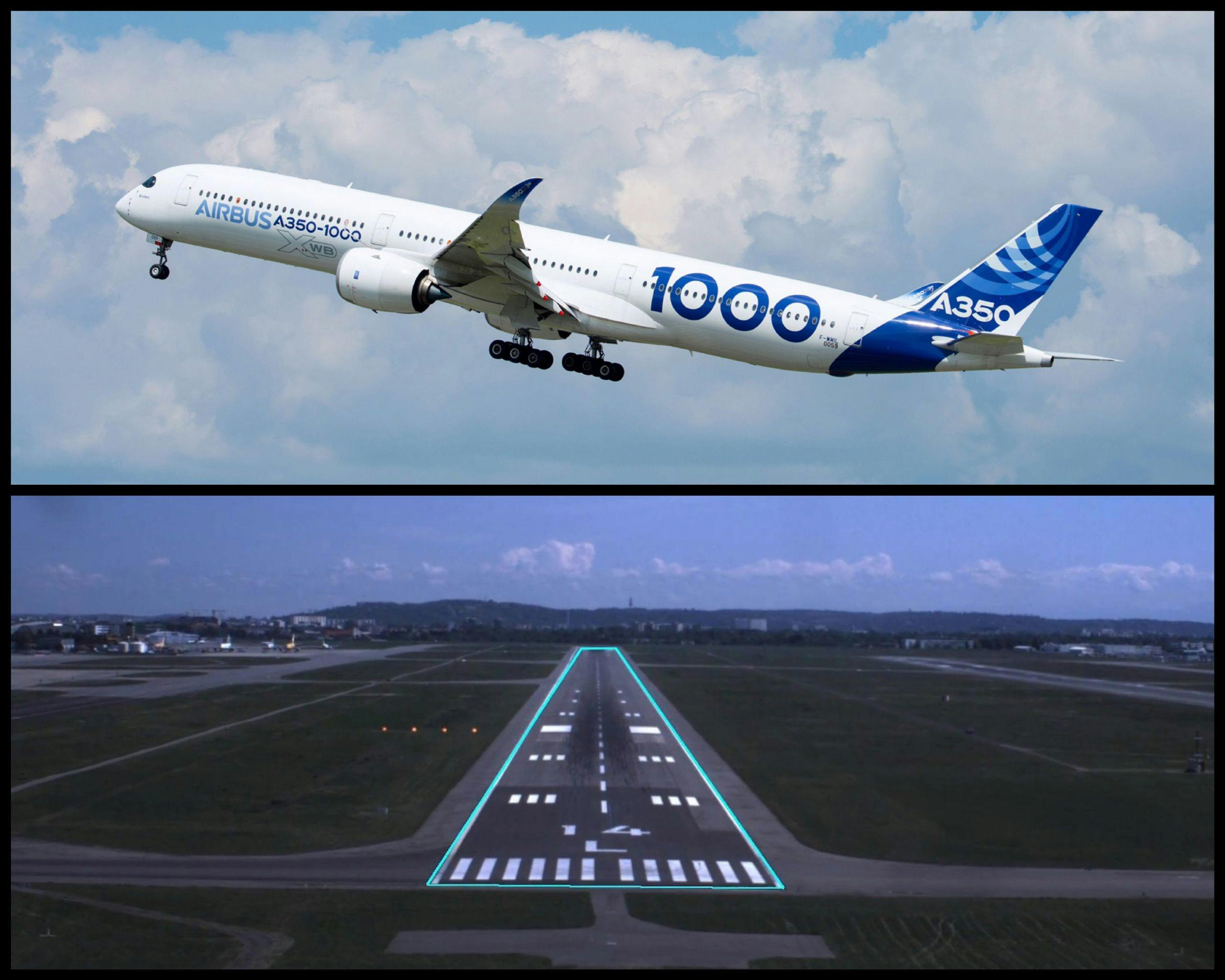
Airbus is now able to analyse the potential of these technologies for enhancing future aircraft operations, all the while improving aircraft safety, ensuring today’s unprecedented levels are maintained. Airbus will continue research into the application of autonomous technologies alongside other innovations in areas such as materials, alternative propulsion systems and connectivity. By leveraging these opportunities, Airbus is opening up possibilities for creating new business models that will transform how aircraft are developed, manufactured, flown, powered and serviced.”
The firm say that the development and demonstration of ATTOL’s capabilities was made possible due to a “cross-divisional, cross-functional, global team comprising of Airbus engineering and technology teams”.


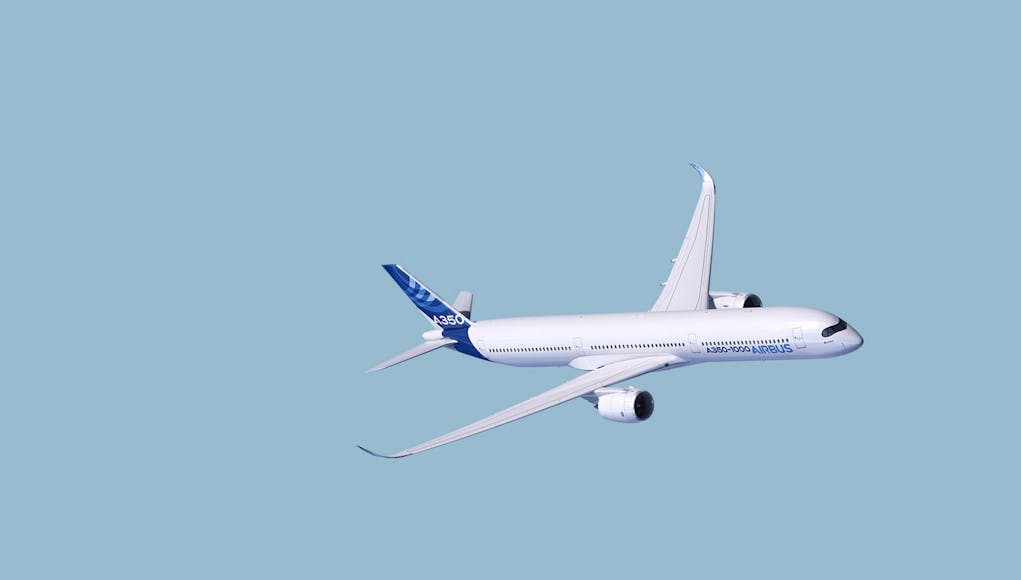
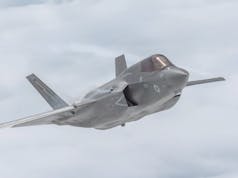



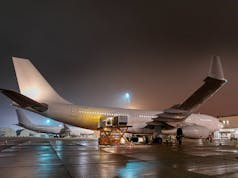



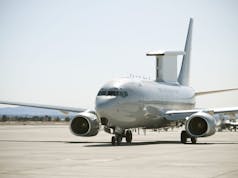


Well, this indicates the potential of autonomous flight systems to date beyond what I’d assumed by the drones and ‘model aircraft’ we generally get presented with. That’s a hell of a chunk of metal to be waltzing around the skies, whether commercial of otherwise.
Thanks, but no thanks – not for a while, at least.
even though most avaitation accidents (737 max apart) are down to pilot error??
At this stage we don’t know how good the system is, and whether the accident rate would be higher. Once the system has been used enough to determine these things my attitude could change, which is why I said not for a while.
TBH most autopilots have for years been working in the background to subtley correct and prompt pilots if they see them doing something wrong. The only real time its gone wrong has been with Boeings MCAS because of faulty sensors and the pilots couldnt turn it off.
Of course – I should have remembered that.
fair point – and i guess we dont know how many times a pilot has stepped in and overridden the automated systems for a good reason
It’s more than you realise fella, autopilot systems and AI can help a pilot but the door swings ways.
The 2 can work together but having ai in charge is dangerous.
Exactly! Future is single crewed filled by zero crewed. There are programmes in the EU and in the US which has been exploring this. There was a website called ACROSS which was funded by EASA.
https://dblue.it/projects/advanced-flight-deck-technologies-to-reduce-pilots-workload-across/
This was referring to the original site.
Will have to get it past the Unions first!!! Can’t even have guard-less trains, let alone driver-less, yet.
The 737 max is a fundamentally flawed aircraft. It’s centre of gravity is wrong, due to the bigger engines mounted more forward. Boeing cheaped out and tried to fix a hardware issue with a software update. Result, two crashes with hundreds dead.
Don’t forget that humans made and programmed this new system so it will have bugs, vulnerabilities and it will never be totally secure just like every other human made computer system ever created.
It doesn’t matter prop man, if the aircraft runs into a power failure or something like that, the Ai won’t be able to solve it. Humans can.
Mmmmmmmm…..I bet pilots, both civilian and military, are reading this thinking “how soon will it be before I’m out of a job?”
The other thing is…..should we really trust Ai to fly an aircraft, what happens if it has a power failure and ends up with nothing to rectify the issue? Having humans in the cockpit is vital as we are fantastic problem solvers and decision makers.
Captain Chesley Sullenberger
Didn’t the Lockheed L1011 (Tristar in RAF Service) have a similar capability?
Able to take-off fly and land all on an automatic system designed in the 1960’s early 1970’s…
That was 50 years ago!
So why are we still using pilots?
Guess we need to know a human is up front to blame…